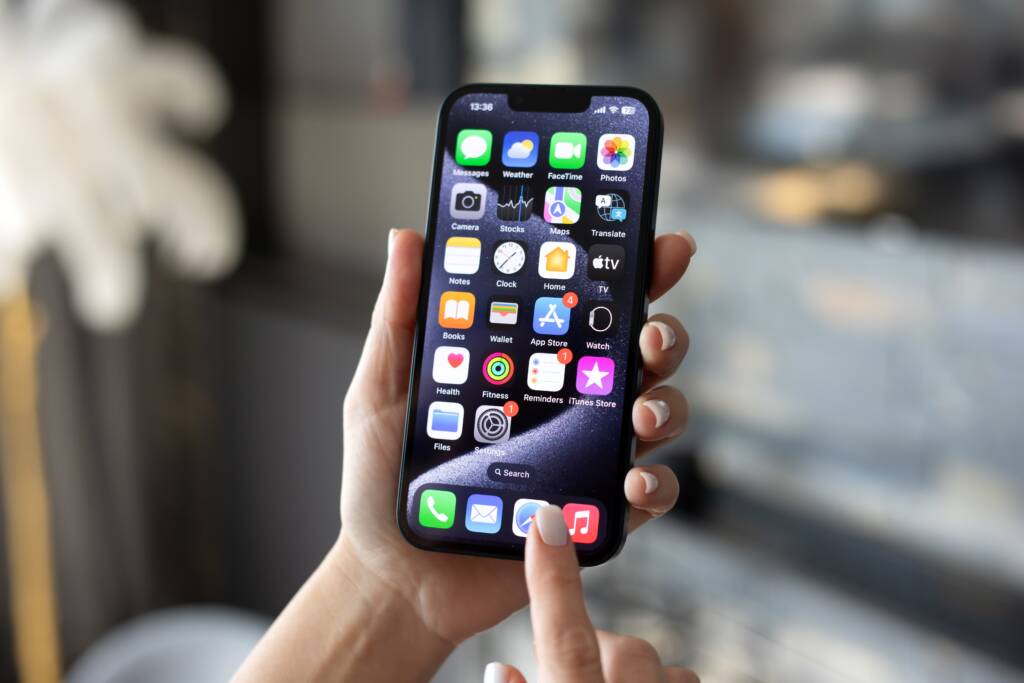In urban areas, where extreme weather events like floods and heat waves can have devastating impacts, the dense network of smartphones has the potential to provide better spatial coverage than traditional weather stations.
By Pesach Benson, TPS
Smartphones could become powerful life-saving tools for detecting and forecasting extreme weather events by simply leveraging micro-sensors built into the devices, researchers said on Thursday.
Tel Aviv University scientists studying how smartphones can collect environmental data found that data points such as temperature, humidity, barometric pressure, and more are already collected but discarded.
Their research, recently published in the peer-reviewed journal Natural Hazards and Earth System Sciences, argues that this untapped data can provide valuable insights into conditions that lead to natural disasters.
With over 7 billion smartphones in use globally as of 2024, the sheer volume of data being generated is staggering.
This dense network of mobile devices has the potential to fill gaps in traditional meteorological data collection, particularly in remote areas where weather stations are sparse or nonexistent.
Using data gathered via the WeatherSignal app, the research team developed a method to assess wildfire risks by calculating a key parameter known as vapor pressure deficit [VPD].
This measures the dryness of vegetation, which is determined by air temperature and humidity—two metrics readily available from smartphone sensors.
“In hot and dry atmospheric conditions, plants lose moisture more rapidly, increasing the likelihood of ignition,” explained PhD student Hofit Shachaf, who led the research under the supervision of Prof. Colin Price.
“Our method uses data collected passively from smartphones to calculate VPD over large areas, providing high-resolution insights into wildfire risks.”
While the concept is promising, using smartphone data also presents challenges. Individual sensors can produce errors, such as temperature readings skewed by air conditioning or humidity measurements influenced by showers.
To address these issues, the researchers calibrated smartphone data against traditional meteorological stations. Once calibrated, they analyzed two significant wildfire events — waves of wildfires in Israel in 2016 and Portugal in 2013.
The study found data collected from smartphones showed noticeable VPD anomalies leading up to and during these major fires.
“Even though individual smartphones may have biases, the vast amount of data we can collect helps average out errors and retain useful information,” said Shachaf.
The potential applications of this approach extend beyond wildfires.
In urban areas, where extreme weather events like floods and heat waves can have devastating impacts, the dense network of smartphones has the potential to provide better spatial coverage than traditional weather stations.
The researchers noted that global smartphone coverage has increased 30% in the last five years and that low-income regions lacking meteorological infrastructure could benefit.
“The rapid increase in smartphone use worldwide offers a unique opportunity to enhance early warning systems,” he said. “Better warnings can mean the difference between a natural hazard and a natural disaster,” said Price.
Do You Love Israel? Make a Donation - Show Your Support!
Donate to vital charities that help protect Israeli citizens and inspire millions around the world to support Israel too!
Now more than ever, Israel needs your help to fight and win the war -- including on the battlefield of public opinion.
Antisemitism, anti-Israel bias and boycotts are out of control. Israel's enemies are inciting terror and violence against innocent Israelis and Jews around the world. Help us fight back!
